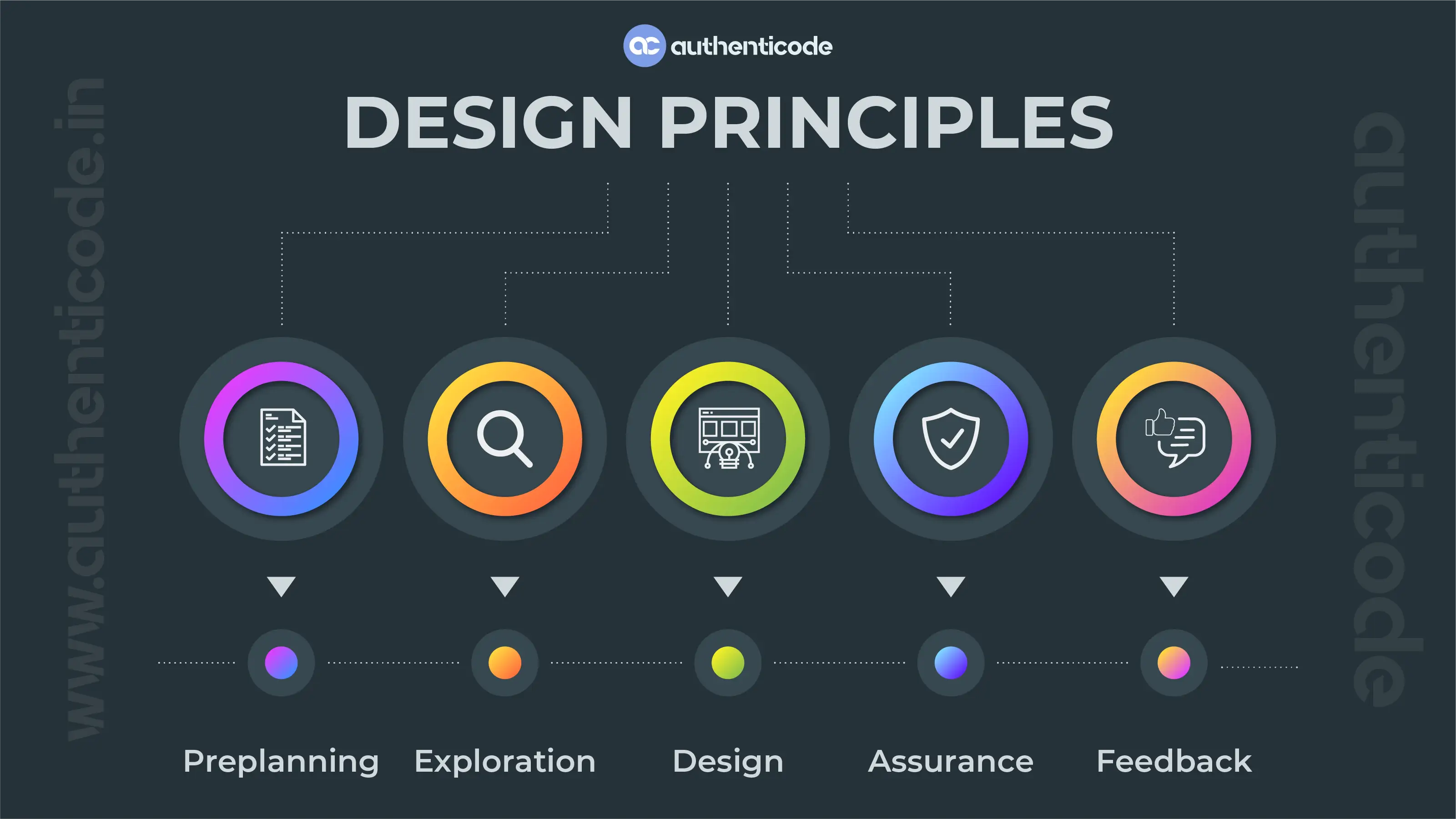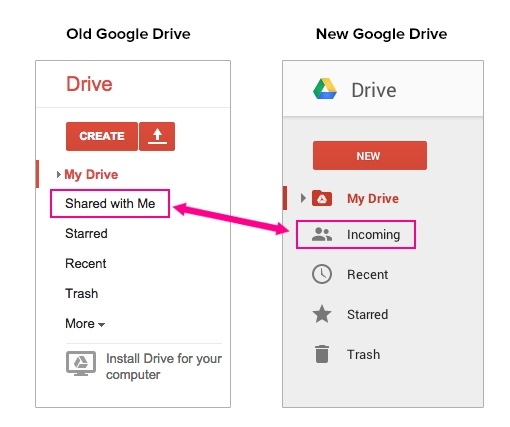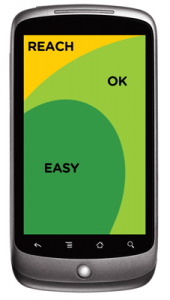
3 Design principles must be followed for a better user experience (UX)
A great question dies almost all designers around the world: "What is the perfect design strategy to develop an easy-to-use platform? The simplest version is to seek answers by actually observing the design for yourself. Observability is a designer's most important asset when developing a user experience (UX) design. Ultimately, a good design is not just a by-product of creative ideas, but a combination of several design elements chosen to bring ideas/imaginations to life.
Here are some principles that will affect the user experience and likely help you develop a defining strategy:
1. A contextual theme:-
The user journey on your platform should be similar to a build scenario. For example they visit on your website, they should do more research.
Now you will think whether the effort is on the right track. Yes, no worries. Having a revolutionary design is just as important as making sure the design conversion rate is sustainable.

Deploying new frameworks and expensive plugins can make your site look better, but it won't help if users don't click the buy button. Here are some steps that can act as a saviour in delivering multichannel design solutions. Well, users should be familiar with your platform so they can expect more visits later. To ensure this is the case, you should bet on providing a multi-channel solution, some tips are:
- Note the sticky details of each operating system. Make sure your product looks exactly the same from platform to platform.
Prioritize links, buttons, or information per page. He shouldn't be there just to serve someone. Here are some tips to improve the usability of your platform and make product listings easily accessible
- Make the site easily readable. Confusing information on a single page would discourage customers from buying.
- Limit the use of more than necessary auto-refresh information. This will create a delay on a slow connection.
- Create clarity to focus on your product by hiding certain features and removing others, which are lower on the priority list.
When you visit Facebook's social platform, you can access each piece of content right from the home page.

In December 2011, Facebook implemented a “Timeline” feature that provides a complete user history as a timeline. Well, it's no wonder that the platform today boasts a base of billions of users. Your platform, even if it's a different genre, needs to be complete website building.
A unified theme requires that your site be easy to navigate, contain interesting product-related stories, and use colour to blur or objectify a point. Over time, you will regularly observe organic traffic.
2. Familiarity:-
So you invested a lot in creative designers and bought design software at a great price. However, traffic generation remained stagnant and sales were almost flat.
- Use familiar templates and presentation styles, even if it sounds naive. Ultimately, customers consume what they find useful and enjoyable. Your design takes the first step towards selling.
- Test your solutions and platforms on real devices. This will give you a hands-on experience of the platform and give you a better view of how users perceive your offers.
3. Focus on the usability of the main offering:-
User Experience Design is more than just developing an attractive design. Instead, it should also be easily accessible. The majority of sales transactions are done through smartphones, and most of them require simplicity and focus on incentives.

- Smaller screens involve fewer items per page, and prominent buttons increase click-through rates. A drop-down menu is needed so that each information is accessible with one click.

 Comments (5)
Comments (5)









